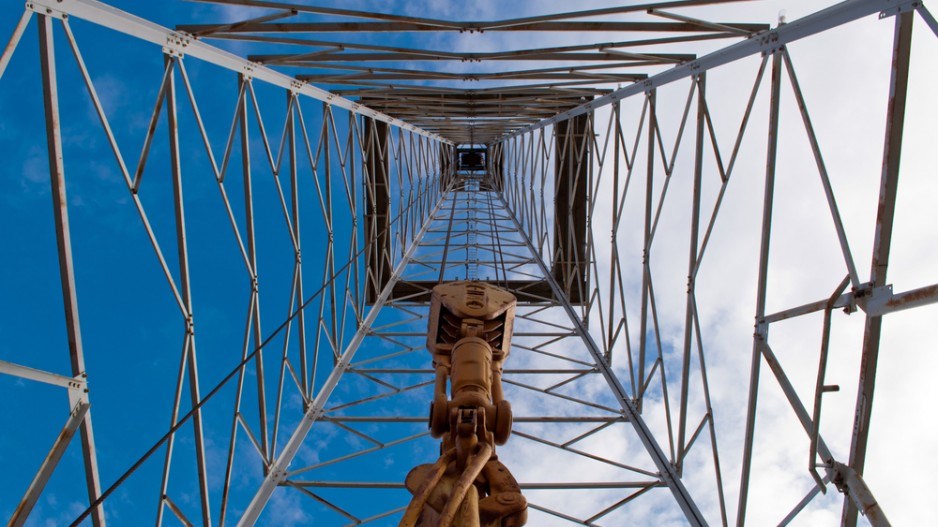Dawson Creek’s city council is stepping in to qualm fracking fears as the District of Squamish is threatening to block the proposed Woodfibre LNG plant, which would export natural gas from northeast British Columbia.
On May 11, Dawson Creek city council moved to invite the mayor and council of Squamish to tour the region's gas fields and fracking operations.
Squamish council, some of whom were elected on an anti-LNG platform, are concerned about the proposed LNG plant — a $1.7 billion project that would process millions of tonnes of gas annually for export to Asian markets.
In an April 30 submission to the Environmental Assessment Office (EAO), Squamish Mayor Patricia Heintzman outlined 18 conditions needed for Woodfibre LNG to win her council's blessing. Point 14 asked the provincial and federal governments to further research "the potential harmful impacts of hydraulic fracturing on the environment" and create "higher standards for natural gas extraction" in B.C.
While it's still too early to say whether Squamish will accept the invitation, Dawson Creek Mayor Dale Bumstead said the visit could include tours of existing natural gas infrastructure. But he said the goal isn't to change minds.
"You don't try to move your own thoughts, opinions, views on someone. For me it's more about information," said Bumstead. "If you've never seen a drilling rig, if you've never seen a processing plant or a pipeline, to me there's nothing like seeing it for yourself."
"[Squamish] has indicated they don't know enough about fracking, but they have concerns," Dawson Creek chief administrative officer Jim Chute told council May 11. "We have an interest, I believe, and this is certainly what the mayor has relayed to me, in helping people understand fracking better. It's a huge economic driver up here and a very regulated and scientific process."
The stakes around Woodfibre LNG are high for Dawson Creek and the provincial government. Of the nearly 20 proposed projects to ship natural gas from B.C.'s West Coast, Woodfibre is considered among the furthest along. Petronas' Pacific NorthWest LNG, the presumed frontrunner, is expected to make a final investment decision this summer.
Woodfibre also has implications for the Site C dam. It would run off the BC Hydro grid, instead of its own gas, creating massive electricity demand. According to BC Hydro, the Woodfibre plant, LNG Canada and an upgraded Tilbury project in Delta would generate enough demand to justify Site C.
Fracking remains controversial. Producers in B.C. have fracked for oil and gas since the 1960s. Fracking to access tight gas and shale formations picked up in 2004. As of 2013, 86% of new wells in B.C. were hydraulically fractured. Supporters maintain B.C. leads the world in environmental protection, while opponents believe the risk and greenhouse gas emissions outweigh potential benefits.
The province released a Human Health Risk Assessment on fracking in March, which found the risk to human health from oil and gas development in B.C. was low — though some criticized the consulting firm involved as being too close to industry.
Bumstead said seeing the upstream natural gas industry could benefit both communities.
"We live it, we see it all the time here," said Bumstead. "If they choose, we can arrange some opportunities to see some of the industrial components like a drilling rig, like a processing plant, things like that, to allow them to see it for themselves."



